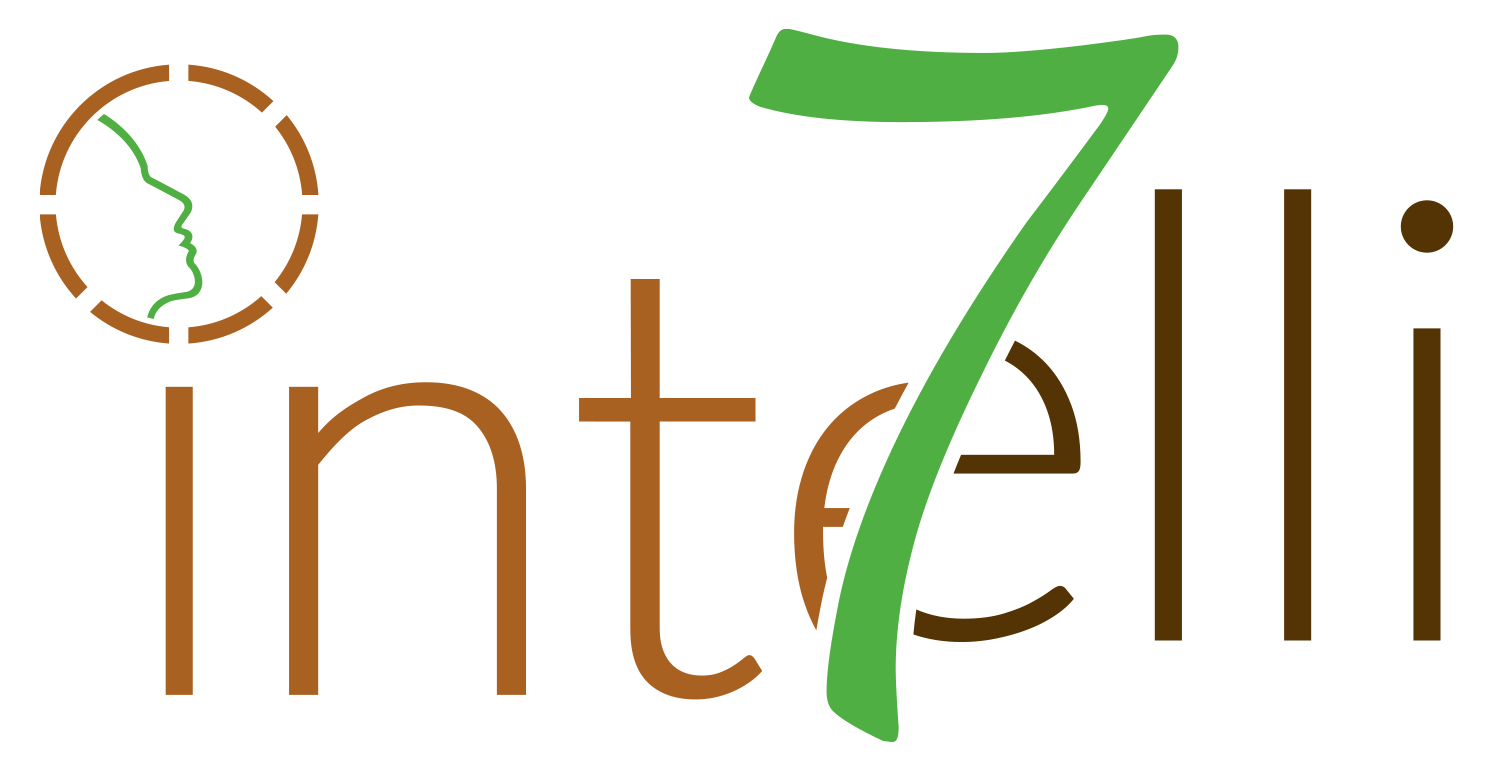

Guy Joly - TOTAL
Paris - France
Contact me here
HRD
HRD and responsible for executive management in the company, I am also a volunteer in the association TIGcRE which offers support to juniors and seniors wishing to form a tandem to create a company.
After several trials of different recruitment tools, my choice came down to Intelli7 in 2001.
Recruitment is a process involving several stages and above all several players: the candidate, the recruiter, and the manager of the team the candidate is to join.
At each stage, Intelli7 can accompany the various protagonists with the advantage of understanding the process, clarifying what is happening between the interlocutors and discovering the candidate in his or her functioning.
Everything is important: the job description, what the candidate can do, what he or she will actually do, how he or she will fit into the future team. Intelli7 provides a detailed and relevant analysis of these different aspects, giving leads for action and moving forward together the players in the recruitment process.
 Intelli7 has enabled me to develop my confidence and the image of HR within the group, thanks to the ability it has given me to respond to all types of HR situations.
Intelli7 has enabled me to develop my confidence and the image of HR within the group, thanks to the ability it has given me to respond to all types of HR situations.
My internal positioning has been accepted and facilitated by the use of Intelli7 in the issues raised.
















